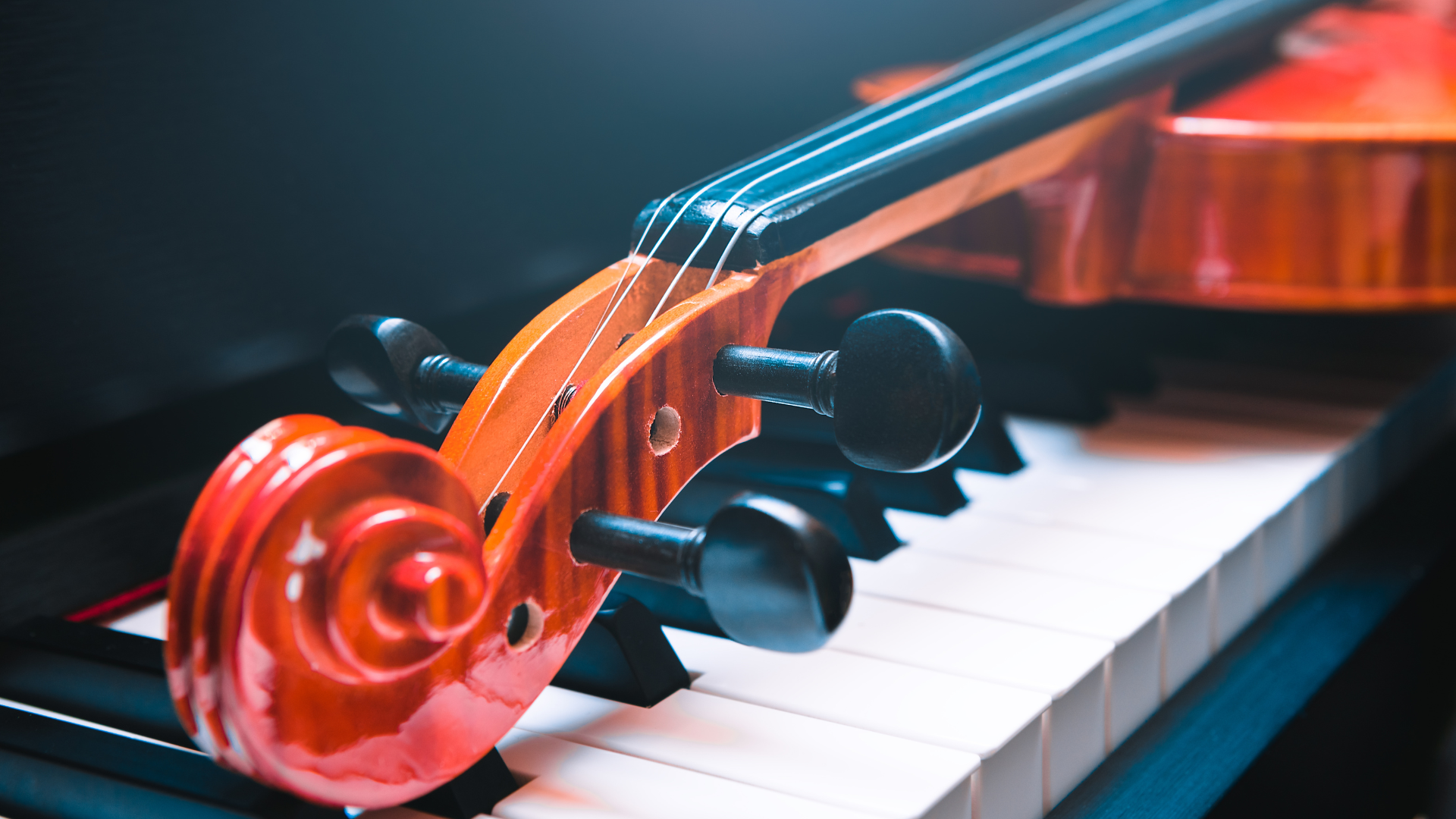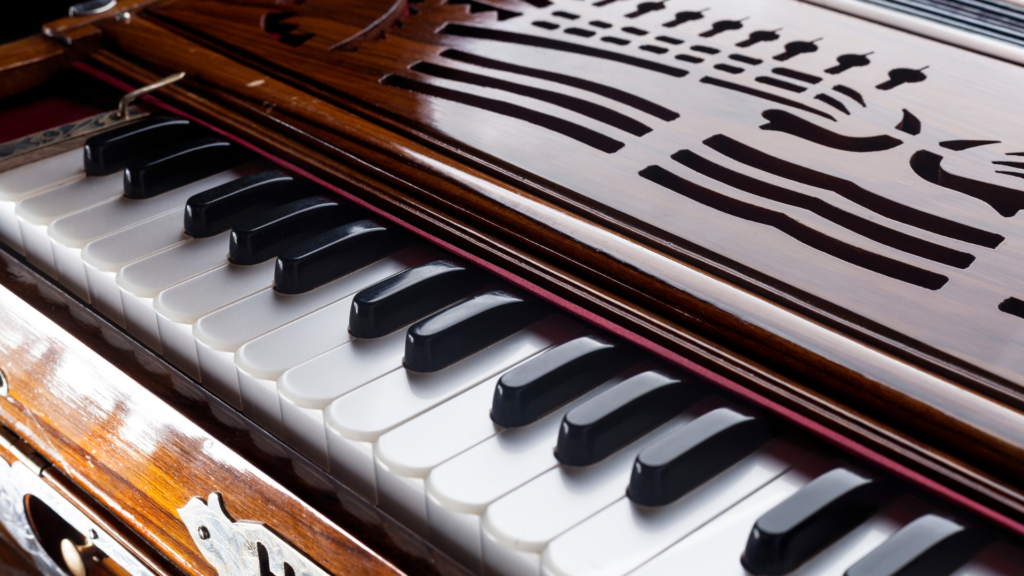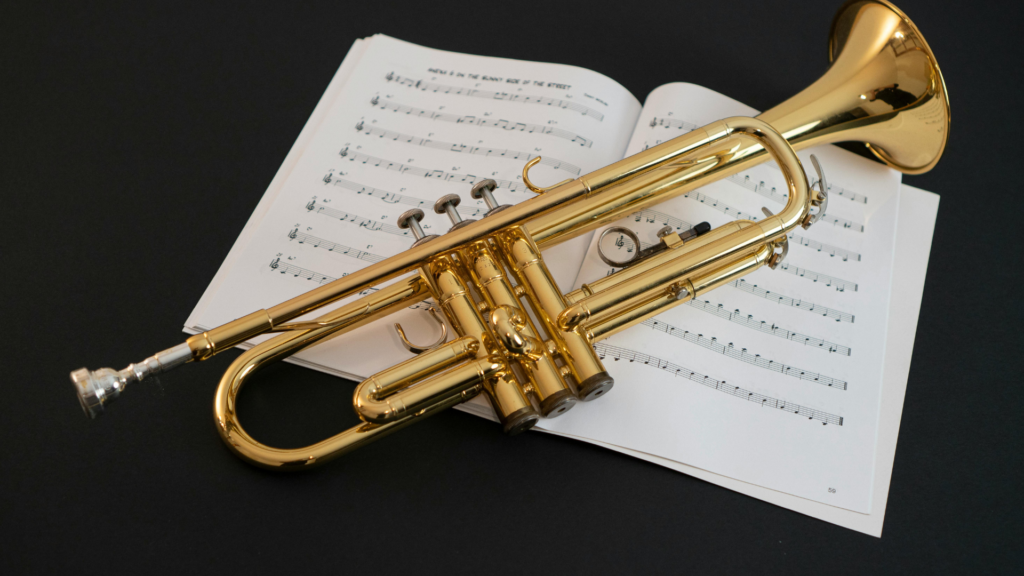Music has been a part of human civilization for centuries, and classical music stands as one of its most enduring and influential forms. It encompasses intricate compositions, deep emotional expressions, and structured musical forms that have inspired generations of musicians and listeners alike. But what defines classical music, and why does it remain relevant today?

Defining Classical Music
Classical music refers to a broad range of compositions that follow structured forms and techniques. Unlike contemporary music, classical pieces often feature orchestras, chamber groups, or solo performances using string, wind, brass, and percussion instruments.
The core characteristics of classical music include:
- Structured Composition – Symphonies, sonatas, and concertos follow distinct forms.
- Complex Harmonies – Multiple layers create depth and rich melodies.
- Expressive Techniques – Dynamics, tempo changes, and ornamentation enhance the experience.
The Evolution of Classical Music
Classical music has evolved through various historical periods, each contributing unique styles and techniques:
1. The Baroque Era (1600–1750)
This era introduced grand compositions with elaborate ornamentation. Notable composers include Johann Sebastian Bach (Brandenburg Concertos) and Antonio Vivaldi (The Four Seasons).
2. The Classical Period (1750–1820)
This period emphasized clarity and balance, led by composers like Wolfgang Amadeus Mozart and Ludwig van Beethoven. Famous works include Mozart’s Eine kleine Nachtmusik and Beethoven’s Symphony No. 5.
3. The Romantic Era (1820–1900)
Romantic music was deeply expressive, with composers such as Pyotr Ilyich Tchaikovsky (Swan Lake) and Frédéric Chopin (Nocturnes) creating emotionally driven masterpieces.
4. The Modern Era (1900–Present)
Modern composers like Igor Stravinsky and Philip Glass experimented with new techniques, bringing innovation to classical music.

Indian Classical Music
In contrast to Western classical music, Indian classical music is based on improvisation and intricate melodic frameworks. It has two primary traditions:
1. Hindustani Classical Music (North Indian Tradition)
This style is built around ragas (melodic structures) and talas (rhythmic cycles). Influential musicians include Ravi Shankar and Ustad Bismillah Khan.
2. Carnatic Classical Music (South Indian Tradition)
Carnatic music is highly structured, with compositions known as kritis. Notable figures include M.S. Subbulakshmi and L. Subramaniam.
Notable Classical Music Compositions
Western Classical Masterpieces:
- Symphony No. 9 – Beethoven
- Clair de Lune – Debussy
- Boléro – Ravel
Indian Classical Music Masterpieces:
- Raag Bhairav – Ravi Shankar
- Krishna Nee Begane Baro – M.S. Subbulakshmi

Why Classical Music Still Matters
Despite the rise of digital and pop music, classical music remains significant due to:
- Cognitive Benefits – Enhances memory and focus.
- Emotional Depth – Evokes profound feelings.
- Musical Expertise – Builds technical skills for aspiring musicians.
- Cultural Preservation – Keeps centuries-old traditions alive.
Conclusion
Classical music continues to inspire and connect people through its rich history and timeless beauty. Whether through Western orchestral works or the intricate rhythms of Indian classical music, it remains a powerful form of artistic expression. Learning and appreciating classical music can deepen one’s connection to musical traditions and enhance creativity.

